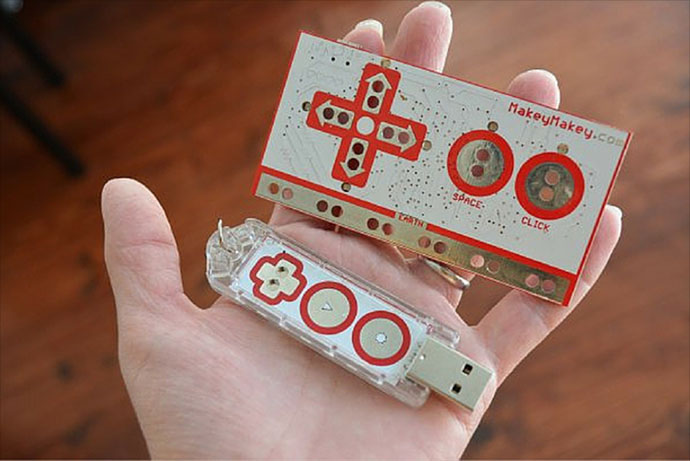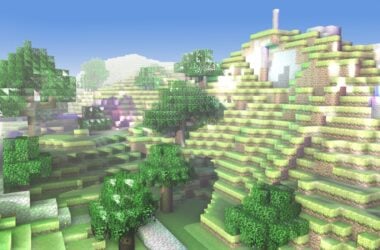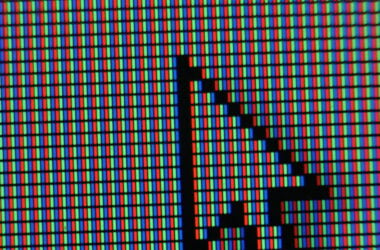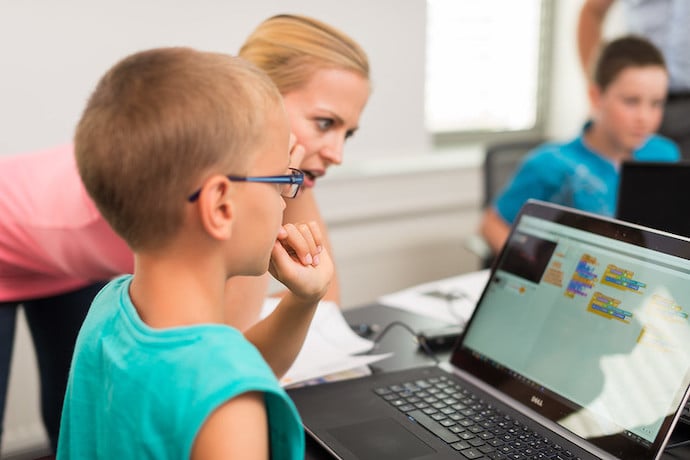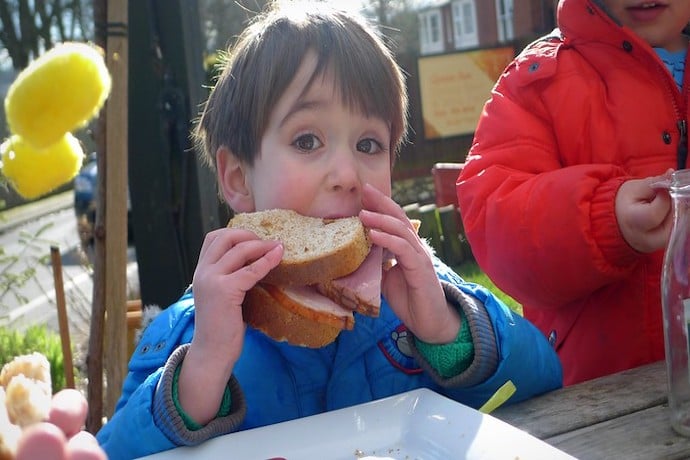This is the first in a series of posts describing the Invention Literacy Research Project that I worked on collaboratively with one of my English Teachers- April Feranda. About 6 months ago, I watched this video by Jay Silver defining the term. I immediately loved this concept because it perfectly describes what I’ve been attempting to do in my library makerspace since May of 2013. After writing lessons for Makey Makey last year, I realized I went through the ultimate training on Invention Literacy. I wanted to share that journey with you to help you become invention literate as an educator.
April Feranda and I would love for your students to become invention literate. Therefore, we are putting this out there for you to hack and personalize and make your own.
My Journey with Makey Makey and Becoming Invention Literate
When I wrote the lesson plans for Makey Makey, I really had to push my thinking about how I could take this invention kit and really make it educational. I’d seen enough lessons driven by technology and not by educational concepts and did not want my lessons to feel forced or feel like technology for technology’s sake. I wanted the educational necessity to drive the lessons and not the other way around.
My first step in creating lessons was to do a little crowdsourcing for research. I had to look at the ways other people were using Makey Makey as a way to get myself beyond the banana.
But I think the reason I really like the term “invention literacy” is because after spending last summer pushing myself to create, make, and dream up projects with Makey Makey and make all those things — well it changed me.
Now, I feel that I really can “change the world we live in.” Chatting with the Makey Makey team during the #MakeyMakeyChallenge in 2015 indirectly led to me writing those lessons, and those lessons led to me getting asked to write a book! So really, once I got myself beyond making banana pianos, I quickly became emboldened with creative confidence. (A warning that already exists on the Makey Makey packaging… they may need to make that warning BIGGER!)
I want to give that same feeling to my students. I want them to believe that they can have an idea and find a way to make it come to life….as Jay puts it,”to change the world we live in.”
Now when I look at stuff, I think about dissecting it and figuring out how I can make my own version of that thing with a Makey Makey. If I see an interactive display, I think, “I bet I could make that with a Makey Makey.”
Another reason I love the Invention Literacy Movement is that it directly relates to making our kids active producers of our world and not passive consumers. I’m tired of seeing apathetic kids that look like digital zombies. I want to see kids that are curious and that want to know how stuff works because they want to make the world a better place. It’s one of my main goals in my library makerspace and I love to see these ideas take hold of my students and see the change it enacts upon them!
I am also hoping that the Makerspace project book Aaron and I just finished can help other educators and students become “Invention Literate.” Our whole book is filled with projects designed to teach kids how stuff works and our main goal in writing this book was to help kids/adults/humans realize they can make their own version of many different types of things!
So rather than reserve all of this Invention Literacy goodness for a book, I think getting this idea out there is helpful because it will get others to realize that the idea behind Invention Literacy is something valid and important for all of us. Like Jay said in this TED Talk, “We should all be curious about the way the world works. And we should all create our world.”
Introducing Invention Literacy to Students
Luckily for me, April Feranda wanted to engage her students in something new for research at the end of this school year. I told her I had a crazy idea… I wanted to focus our research project on Invention Literacy and the driving question:
“How does ______ work and can I make my own version of it?”
She thought it sounded interesting and we spent a few hours planning some initial challenges to acquaint all of her students with the resources in our library makerspace, but also to get our students to begin thinking like an inventor by making things with their hands and not having a teacher hold their hand through the process.
We started by meeting with all of the students as one big group and showing them Jay’s TED talk to help them think differently about the way they see everyday objects. We wanted them to see the world as their toolkit. April and I showed them many inventions from The Big Book of Makerspace Projects and we shared some #LEGOTinkering videos from the Tinkering Studio (Part of The Exploratorium Museum in San Francisco and also the epic brain power behind Art of Tinkering!)
Then we broke students up into stations:
Day 1
- Creating maker journals: Inside those we had students define inventions, prototype, and technology all in their own words (next year we want to add literacy to their definition explorations!) Then students wrote their own definitions on larger paper and questioned each others definitions of terms. Students define Invention and ask, “Is it always helpful?”
- littleBits Challenges
- Makey Makey Poetry
Day 2
- Students delved into defining and articulating invention literacy. What is it? And why does it matter?
- littleBits Challenges (Part 2)
- Makey Makey Poetry (Part 2)
- Articulating Invention Literacy
Every student took the time to really look and interact with an article from Jay Silver by doing a write-around text activity inspired from Buffy Hamilton. Jay called it Medium IRL (In Real Life.) We broke the article up and had students quietly reflect on paper and react to the article as they read it. Part 2 of this article, which will appear on my blog, will dive into the results of our Day 2 of invention literacy.
Learn More
Jay Silver: Hack a Banana, Make a Keyboard
https://www.youtube.com/watch?v=kiUnJ1d8vvw
Jay Silver: Invention Literacy (Medium)
https://medium.com/@wakeupsilver/invention-literacy-5915a411e29d
Jay Silver on Invention Literacy (El Pais)
https://www.youtube.com/watch?v=ibrwte1QqUE
Makey Makey Lesson Plans
http://makeymakey.com/lessons/
#MakeyMakeyChallenge
https://colleengraves.org/2015/02/16/makeymakeychallenge/
https://twitter.com/search?src=typd&q=%23makeymakeychallenge
Getting Buy-In for Your Makerspace (Demos)
http://ideas.demco.com/blog/getting-buy-in-for-your-makerspace/
The Informational Text Write Around Text-on-Text with Biology/Chemistry Classes
Makey Makey Poetry
https://colleengraves.org/2016/04/28/makey-makey-hacked-poetry-month/
https://colleengraves.org/2016/05/06/hacking-poetry-with-makey-makey-part-2/
The Art of Tinkering (book)
http://tinkering.exploratorium.edu/art-tinkering
https://youtu.be/-IXVSN7OjMg
http://www.exploratoriumstore.com/products/the-art-of-tinkering?variant=2827613444
The Exploratorium
LEGOtinkering
http://tinkering.exploratorium.edu/tags/legotinkering
https://twitter.com/search?q=%23legotinkering&src=typd
The Big Book of Makerspace Projects
https://www.amazon.com/Big-Book-Makerspace-Projects-Experiment/dp/1259644251






